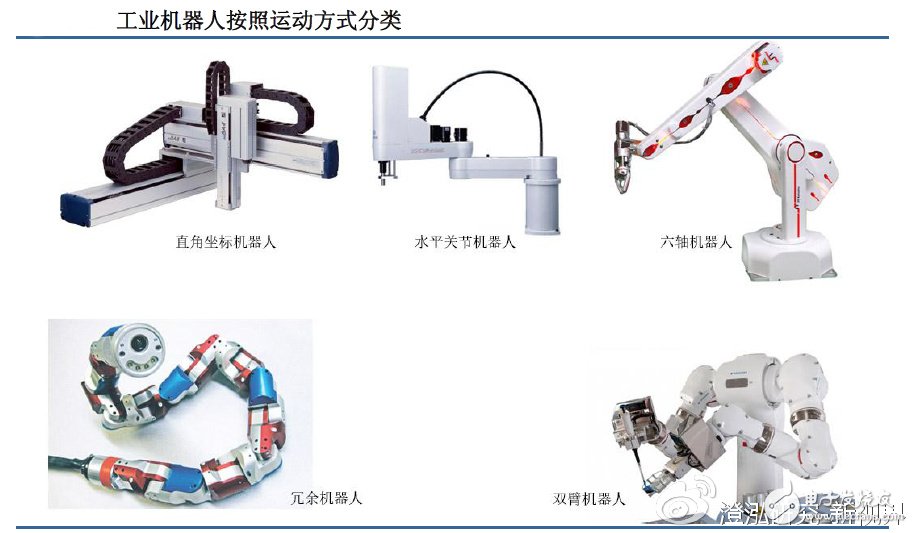The current global robot market is dominated by industrial robots, accounting for 80% of the market. The industry scale of service robots in the future will exceed that of industrial robots and become the new blue ocean.
It is estimated that the global service robot market will reach 200 billion yuan in 2014~2017, and the compound growth rate will reach 22%. The growth rate of the Chinese market is much higher than the global growth rate. Taking the cleaning robot as an example, during the “Double Eleven†period, the domestic sweeping robot company Cobos realized a total sales of 315 million yuan, of which 276 million yuan was sold in Tmall. This allows us to see the explosive power of service robots in the end consumer demand.
China's robot density is only 30, far below the world average of 62, while the world's highest South Korea reached 437. Wang Weiming, deputy director of the Industrial Equipment Department of the Ministry of Industry and Information Technology, has revealed that the relevant industrial planning of the country should have 3 to 5 internationally competitive enterprises, 8 to 10 industrial supporting clusters, and a robot density of 100. the above. From 30 to 100 corresponds to a growth of more than 3 times the market size.
The robot will usher in a policy-intensive period, and the strategy of manufacturing a strong country will be a long-term positive for the robot industry.
Guide
The birth of robots may not be the greatest achievement of the 20th century industry, but it may be the greatest change of the 21st century!
The robot is an important automation equipment for modern manufacturing industry integrating mechanical, electronic, control, computer, sensor, artificial intelligence and other multi-disciplinary advanced technologies. Since the United States developed the world's first robot in 1962, robotics and its products have developed rapidly, and have become automated tools for flexible manufacturing systems (FMS), automated factories (FA), and computer integrated manufacturing systems (CIMS).
The widespread use of robots not only improves the quality and output of products, but also plays an important role in safeguarding personal safety, improving the working environment, reducing labor intensity, increasing labor productivity, saving raw material consumption and reducing production costs. Like computers and network technologies, the widespread use of industrial robots is increasingly changing human production and lifestyle.
The work of robotic work has also been carried out from the production activities of transportation, palletizing and welding, to life activities such as reading newspapers, accompanying and weak communication, to military activities such as mine clearance and combat, and it has penetrated into all aspects of human beings. As the scope of demand expands, the development of robot structures and shapes is diversified. High-end robots have obvious bionic and intelligent features, their performance is continuously improved, functions are continuously expanded and improved, and various robot systems are gradually evolving toward higher intelligence.
At present, robots are mainly divided into two categories: industrial robots and service robots.
Industrial robots are subdivided into five categories: welding robots, handling robots, assembly robots, processing robots, and painting robots.
Service robots are subdivided into individual, home robots, and professional service robots.


Switch Cabinet,Network Switch Cabinet,Wall Mount Switch Rack,Switch Board Cabinet
Shaoxing AnFu Energy Equipment Co.Ltd , https://www.sxanfu.com